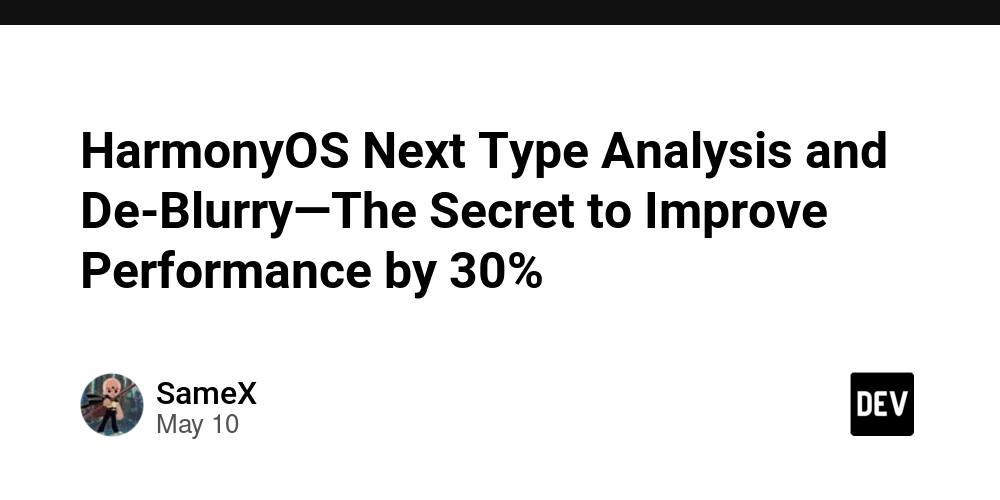Hackers Using Windows Remote Management to Stealthily Navigate Active Directory Network
Threat actors increasingly leverage Windows Remote Management (WinRM) to move stealthily within Active Directory (AD) environments, evading traditional detection mechanisms while escalating privileges and deploying malicious payloads. WinRM, Microsoft’s implementation of the WS-Management protocol, is a core component of Windows systems. It enables administrators to execute remote commands, manage configurations, and run PowerShell scripts across […] The post Hackers Using Windows Remote Management to Stealthily Navigate Active Directory Network appeared first on Cyber Security News.

Threat actors increasingly leverage Windows Remote Management (WinRM) to move stealthily within Active Directory (AD) environments, evading traditional detection mechanisms while escalating privileges and deploying malicious payloads.
WinRM, Microsoft’s implementation of the WS-Management protocol, is a core component of Windows systems. It enables administrators to execute remote commands, manage configurations, and run PowerShell scripts across the network.
By default, WinRM listens on HTTP port 5985 and HTTPS port 5986, allowing authenticated users to establish sessions and perform management tasks remotely.
While intended for legitimate remote administration, WinRM’s ubiquity and integration with PowerShell make it a prime target for attackers seeking lateral movement capabilities.
Once attackers obtain valid credentials, often through phishing, credential dumping, or brute-force attacks, they can use WinRM to execute arbitrary commands or scripts on other systems within the AD domain.
Attack Chain of a WinRM-Based Attack
According to the Practical Security Analytics blog, the attack chain typically unfolds as follows:
- Initial Access: The attacker gains a foothold on a single endpoint, often as a standard domain user.
- Reconnaissance: Using WinRM-enabled PowerShell commands (e.g., Invoke-Command, Enter-PSSession), the attacker enumerates accessible systems by scanning for open ports 5985/5986.
Credential Abuse: With valid credentials, the attacker authenticates to remote systems, spawning new PowerShell sessions.
Each session is handled by the wsmprovhost.exe process under the user’s context, which can blend into normal administrative activity.
Payload Deployment: Attackers deploy malicious payloads using advanced techniques such as PowerShell cradles or reflective .NET module loaders.
These methods obfuscate the payload, bypass AMSI (Antimalware Scan Interface), and disable event logging to evade detection.
Persistence and Lateral Movement: By repeating this process, the attacker moves laterally across the network, escalating privileges and targeting high-value assets such as domain controllers.
Attackers generate an obfuscated PowerShell script (the “cradle”) that downloads and executes additional payloads in memory. The script is executed remotely using:
This multi-stage approach bypasses AMSI, disables logging, and loads the final implant (“Specter”) entirely in memory, reducing forensic artifacts.
In reflective .NET module loader method, attackers pass a compiled .NET assembly as an argument to a benign-looking PowerShell script, which loads and executes the module reflectively:
This approach hides malicious code within legitimate administrative scripts, making detection more challenging.
Mitigation
Security experts warn that WinRM-based lateral movement is difficult to detect, as it leverages built-in Windows functionality and often uses encrypted channels. However, defenders can monitor for anomalous usage patterns, such as:
- Unexpected wsmprovhost.exe processes.
- Unusual remote PowerShell activity.
- Authentication attempts from non-administrative accounts.
- High volumes of traffic on ports 5985/5986.
Organizations are urged to restrict WinRM access, enforce strong credential hygiene, and deploy advanced monitoring solutions capable of correlating lateral movement indicators across the network.
Vulnerability Attack Simulation on How Hackers Rapidly Probe Websites for Entry Points – Free Webinar
The post Hackers Using Windows Remote Management to Stealthily Navigate Active Directory Network appeared first on Cyber Security News.














































































